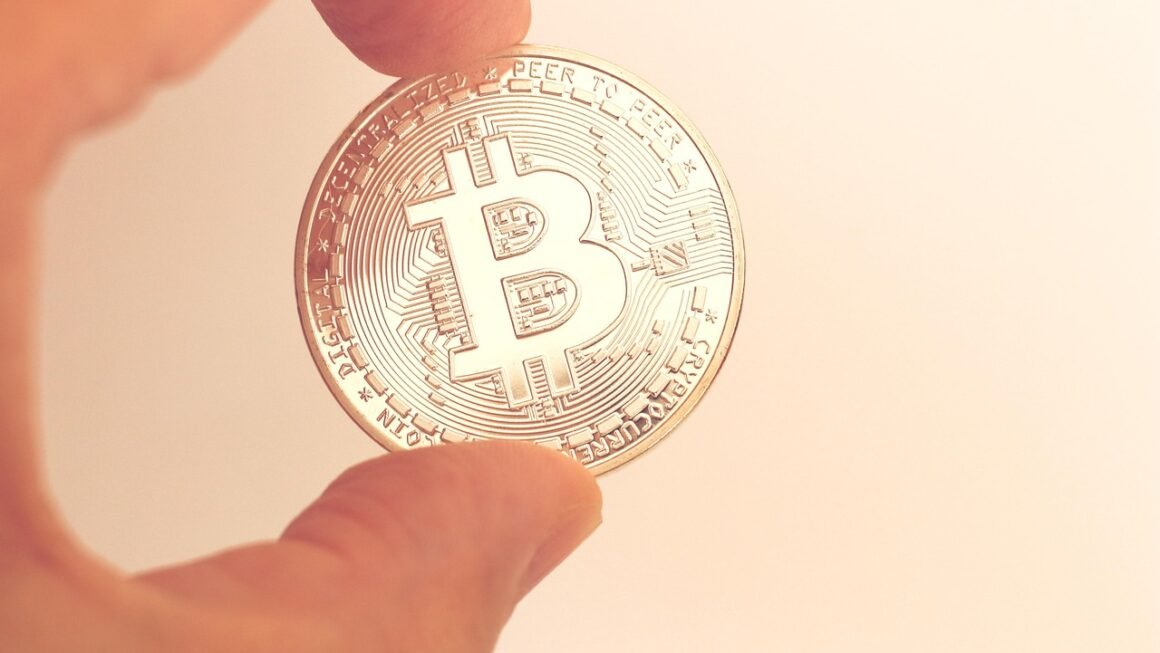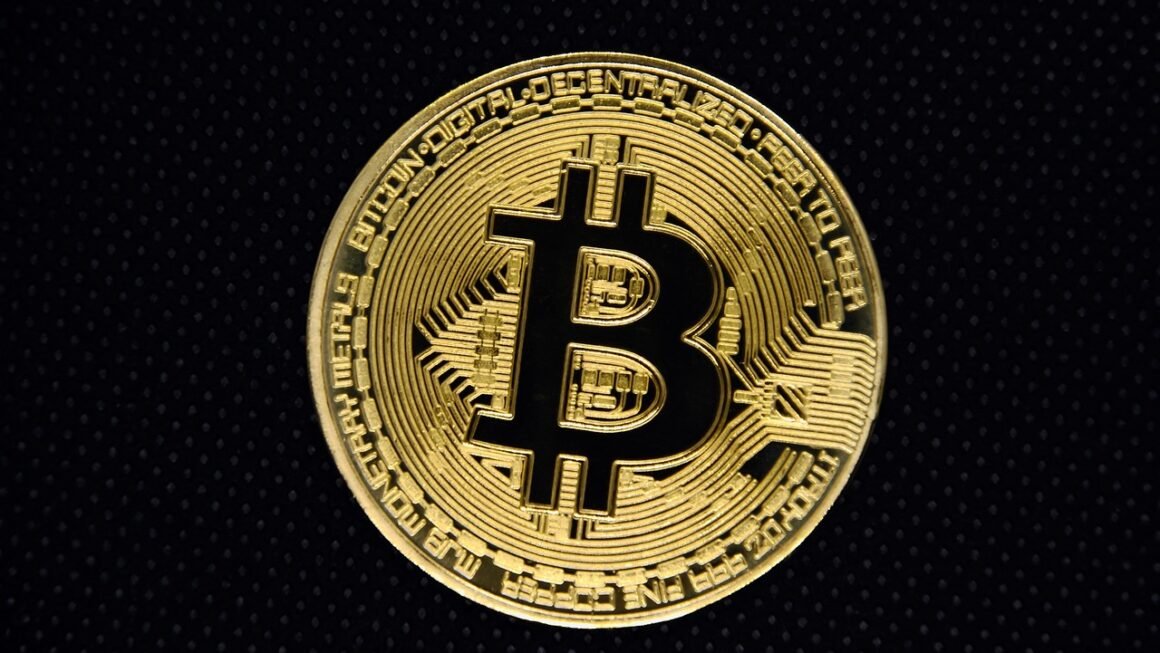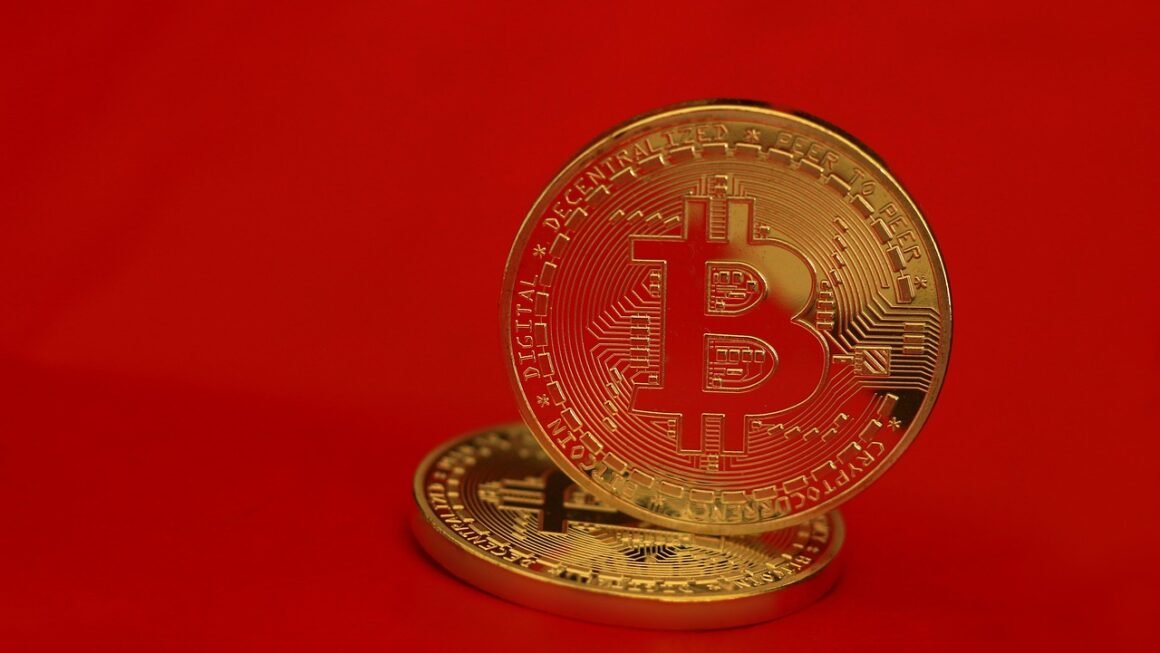Stablecoins, the bridge between the volatile world of cryptocurrencies and the relative stability of traditional finance, have rapidly gained prominence. They offer the potential for frictionless transactions, reduced volatility, and increased adoption of digital assets. This comprehensive guide explores the intricacies of stablecoins, their types, benefits, risks, and future potential in the ever-evolving financial landscape.
What are Stablecoins?
Defining Stablecoins
Stablecoins are cryptocurrencies designed to minimize price volatility. Unlike Bitcoin or Ethereum, whose values fluctuate wildly based on market sentiment and speculation, stablecoins aim to maintain a steady value, often pegged to a stable asset like the US dollar. This peg is typically maintained through various mechanisms, ensuring the stablecoin’s value remains close to its target price.
Why are Stablecoins Important?
- Reduced Volatility: A key benefit, offering a safe haven during market downturns. Investors can move funds into stablecoins without exiting the crypto ecosystem entirely.
- Efficient Transactions: Facilitate faster and cheaper transactions compared to traditional banking systems, especially for international transfers.
- DeFi Integration: Vital for decentralized finance (DeFi) platforms, enabling lending, borrowing, and trading without the volatility associated with other cryptocurrencies.
- Bridging Crypto and Fiat: They provide a gateway for traditional investors to enter the crypto market and for crypto users to transact with fiat currencies.
Different Types of Stablecoins
Stablecoins aren’t a monolithic entity. They come in various flavors, each employing different mechanisms to maintain stability. Understanding these differences is crucial for making informed decisions.
- Fiat-Collateralized Stablecoins: These are backed by reserves of fiat currencies like the US dollar or the Euro held in custodial accounts. For example, Tether (USDT) and USD Coin (USDC) are prominent examples. Ideally, each stablecoin in circulation is backed by an equivalent amount of fiat currency held in reserve. Transparency and regular audits of these reserves are critical to maintaining trust.
- Crypto-Collateralized Stablecoins: These are backed by other cryptocurrencies. Since crypto assets themselves are volatile, these stablecoins are often over-collateralized to buffer against price fluctuations. MakerDAO’s Dai (DAI) is a well-known example, backed by a basket of cryptocurrencies deposited into a smart contract.
- Algorithmic Stablecoins: Rely on algorithms and smart contracts to control the supply and maintain price stability. These stablecoins use complex mechanisms to adjust the supply based on demand, aiming to keep the price pegged to the target value. However, they can be complex and have been prone to instability in the past, as demonstrated by the collapse of TerraUSD (UST).
- Commodity-Collateralized Stablecoins: Backed by tangible assets like gold or other precious metals. Pax Gold (PAXG), for instance, is backed by physical gold reserves held in vaults.
The Benefits of Using Stablecoins
Streamlined Transactions and Payments
Stablecoins offer a faster and more efficient alternative to traditional banking for various transactions.
- Cross-Border Payments: Reduce transaction fees and processing times for international transfers.
- E-commerce: Enable seamless and secure online payments, particularly in regions with limited access to traditional banking.
- Decentralized Applications (dApps): Serve as a stable medium of exchange and value storage within DeFi platforms.
- Remittances: Provide a cheaper and faster way for individuals to send money to family and friends abroad. For example, using stablecoins, a remittance from the US to the Philippines could potentially bypass traditional bank fees and processing times.
Access to Decentralized Finance (DeFi)
Stablecoins are fundamental to the operation and growth of the DeFi ecosystem.
- Lending and Borrowing: Enable users to lend and borrow assets on decentralized platforms without needing intermediaries.
- Yield Farming: Facilitate earning rewards by providing liquidity to decentralized exchanges (DEXs) and other DeFi protocols.
- Trading: Provide a stable base currency for trading other cryptocurrencies on DEXs. For example, trading ETH/USDC allows traders to profit from the volatility of Ethereum while hedging against drastic losses using the stability of USDC.
- Collateral: Used as collateral for loans in DeFi, allowing users to access capital without selling their cryptocurrency holdings.
Hedging Against Volatility
Stablecoins provide a safe haven during periods of market instability.
- Protecting Investments: Investors can convert their holdings into stablecoins during market downturns to preserve capital.
- Re-entering the Market: Quickly redeploy funds into other cryptocurrencies when market conditions improve.
- Portfolio Diversification: Offer a stable asset class to diversify a crypto portfolio and reduce overall risk. For instance, an investor holding Bitcoin and Ethereum might allocate a portion of their portfolio to a stablecoin like DAI to mitigate potential losses.
Risks and Challenges Associated with Stablecoins
Regulatory Uncertainty
The lack of clear and consistent regulation is a major challenge for the stablecoin industry.
- Legal Frameworks: Vary significantly across jurisdictions, creating uncertainty for businesses and users.
- Regulatory Scrutiny: Stablecoins are under increasing scrutiny from regulatory bodies like the SEC in the United States.
- Potential for Regulation: Future regulations could significantly impact the operation and adoption of stablecoins.
Security Risks
Stablecoins are susceptible to security vulnerabilities.
- Smart Contract Bugs: Exploitable bugs in smart contracts underlying stablecoin protocols can lead to losses.
- Hacking and Theft: Centralized custodians holding fiat reserves are potential targets for hackers.
- Decentralized Governance Risks: Decisions regarding the stability mechanism may be subject to governance attacks in decentralized stablecoins.
Centralization and Transparency Concerns
The level of centralization and transparency varies across different stablecoins.
- Custodial Risks: Fiat-backed stablecoins rely on centralized custodians to hold reserves, raising concerns about solvency and transparency.
- Lack of Audits: Some stablecoin issuers may not conduct regular and transparent audits of their reserves.
- Blacklisting and Censorship: Centralized stablecoins can potentially blacklist addresses or censor transactions, raising concerns about censorship resistance.
How to Use Stablecoins Safely
Due Diligence
- Research the Stablecoin: Understand the underlying technology, backing mechanism, and the team behind the project.
- Review Audits: Check if the stablecoin has undergone regular audits by reputable firms. Look for audit reports on the project’s website.
- Understand the Risks: Be aware of the specific risks associated with the type of stablecoin (fiat-backed, crypto-backed, algorithmic).
Security Measures
- Use Secure Wallets: Store stablecoins in secure hardware or software wallets with strong passwords and two-factor authentication.
- Diversify Holdings: Do not put all your eggs in one basket. Diversify your stablecoin holdings across multiple platforms and types.
- Stay Informed: Keep up-to-date with the latest news and developments in the stablecoin industry. Be aware of any potential risks or vulnerabilities.
Regulatory Compliance
- Comply with Regulations: Be aware of the regulatory requirements in your jurisdiction.
- Use Reputable Platforms: Transact with stablecoins on reputable exchanges and platforms that comply with regulatory standards.
- Report Transactions: If required, report stablecoin transactions to the relevant tax authorities.
The Future of Stablecoins
Growing Adoption
Stablecoins are poised for continued growth and adoption.
- Institutional Adoption: Increasing interest from institutional investors, driven by the need for stable and efficient digital assets.
- Retail Adoption: Growing use of stablecoins for everyday transactions, particularly in emerging markets.
- Integration with Traditional Finance: Potential integration of stablecoins with traditional financial systems, such as banking and payments.
Innovation and Development
New stablecoin models and technologies are constantly emerging.
- Improved Stability Mechanisms: Development of more sophisticated algorithms and mechanisms to maintain price stability.
- Enhanced Security: Focus on improving the security and resilience of stablecoin protocols.
- Privacy Enhancements: Exploration of privacy-preserving stablecoins that protect user anonymity.
Regulatory Clarity
As the stablecoin industry matures, regulatory frameworks are expected to become clearer and more consistent.
- Global Standards: Efforts to establish global standards for stablecoin regulation.
- Regulatory Oversight: Increased oversight by regulatory bodies to protect consumers and maintain financial stability.
- Licensing and Compliance: Implementation of licensing regimes and compliance requirements for stablecoin issuers.
Conclusion
Stablecoins represent a significant innovation in the cryptocurrency space, offering a bridge between the volatility of digital assets and the stability of traditional finance. While risks and challenges remain, the potential benefits of stablecoins, including streamlined transactions, access to DeFi, and volatility hedging, are driving their increasing adoption. By understanding the different types of stablecoins, their associated risks, and best practices for safe usage, individuals and institutions can navigate this evolving landscape and leverage the benefits of stablecoins while mitigating potential downsides. The future of finance is undoubtedly intertwined with the continued development and responsible adoption of stablecoins.



